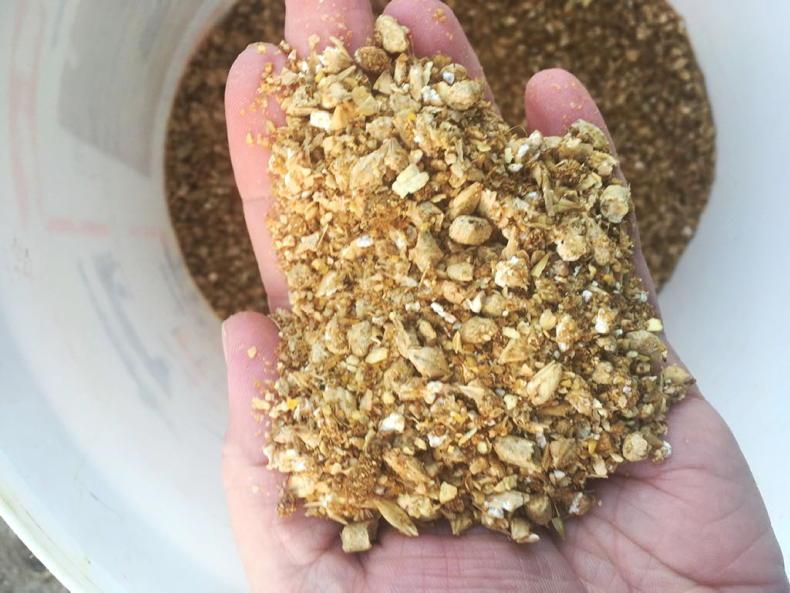Farmers are constantly being challenged to become more and more efficient, in terms of reproductive performance of breeding stock and through growth rates, and reduced slaughter age in beef stock. However, depending on how it is measured, the efficiency of a system can look completely different.
Feed costs account for 75% of all variable costs associated with beef production systems.
Therefore, anything that can be done to reduce these, or to dilute them over more output will have a positive effect on the overall profitability of the system.
At a recent winter finishing meeting held by Teagasc in Kilkenny Mart, researcher in Teagasc Grange Dr Mark McGee outlined some relevant studies carried out on finishing cattle at the centre over the past number of years.
One suite of studies compared the performance of suckler-bred stock with dairy males across three different trials. As Figure 1 outlines, depending on how the results are expressed, the efficiency of each system changed quite dramatically.
Figure 1 shows three experiments comparing wither suckler-bred or dairy-bred finishing cattle, the first as bulls and the second and third as steers.
The animals intake per kilo of output, be that liveweight, carcase weight or meat yield is expressed on the Y axis. Obviously, the lower the intake for every unit of output the more efficient the system is, so lower figures are best.
Feed intake per kilo of liveweight was between 20% and 30% greater for dairy stock compared to suckler-bred stock
Looking at the three experiments as a whole, as we have outlined on many occasions before, the bull beef production systems had a lower kg DM intake per kilo of output compared to steer systems and were therefore more efficient.
However, the main aspect that needs to be carefully considered from these studies is the difference in efficiency result depending on how we express it.
Firstly, feed intake per kilo of liveweight was between 20% and 30% greater for dairy stock compared to suckler-bred stock.
When this was expressed on a per kilo of carcase weight, the differences increased to between 30% and 50%.
Finally, when expressed on a kilo of meat yield of the animal, the intake of feed per kilo of meat was between 40% and 60% greater for dairy stock than suckler-bred animals. This means for every kilo of meat produced, the dairy stock were taking between 40% and 60% more feed to produce it compared to suckler-bred animals.
Differences
The differences are really driven by lower intake for suckler stock. This equated to around 12% lower intake per kilo of liveweight compared to dairy-bred stock and probably, most importantly, a higher killout percentage due to better conformation combined with the fact that dairy-sired cattle had a bigger head and feet as well as a bigger gut than suckler animals.
The difference between the two was around 5.5% with dairy stock averaging a 52.2% killout, while the suckler animals averaged a 57.7% killout percentage.
More and more of the annual beef kill comes from the dairy herd in Ireland, which is now heading for almost 60% compared to 10 years ago when it was a little over 40%. It shows the efficiency challenges faced by the sector.
Looking at international research on feed efficiency, beef cross dairy animals are intermediate to dairy stock and suckler-bred stock as you could have imagined. However, there is a great variation between animals.
The challenge for the sector is to improve the quality of the dairy-beef calf in terms of beef merit. The goal is to provide a calf that can have superior growth rates and improved conformation at the same time as suiting a system that can deliver a younger slaughter age finishing primarily from a grass-based diet.
While efficiency is currently expressed on a per-head or per-hectare basis, we need to consider the efficiency of the actual product being produced.
Therefore, in livestock system comparisons, the differences in meat yield are a really important aspect to consider.










SHARING OPTIONS